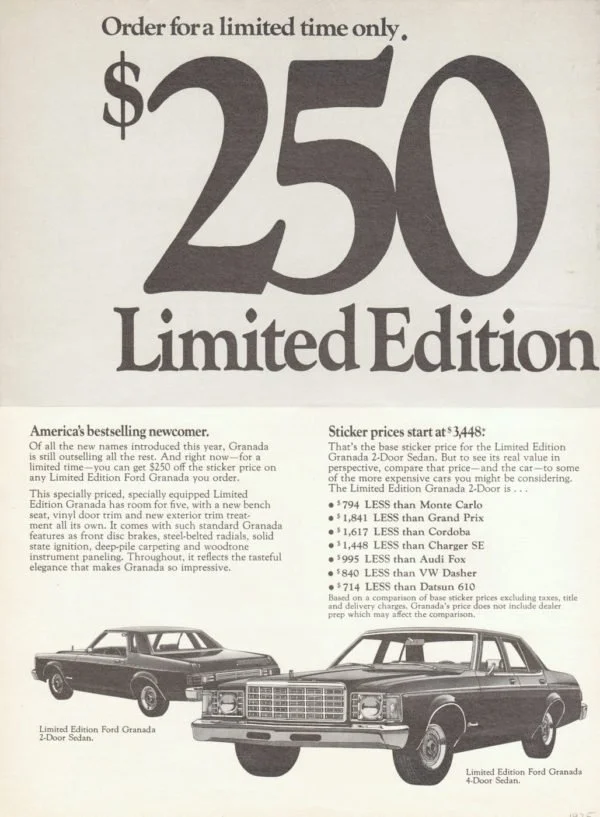Scarcity bias
The more difficult it is to get your hands on a particular item, the more value that item is to us.
What is the Scarcity bias?
Scarcity bias is a cognitive bias that describes the tendency for people to place a higher value on things that are scarce or limited in availability. This can lead to irrational decision-making, as people may be willing to pay more for an item simply because it is perceived as being in short supply.
The evidence it works
Here’s how Robert Cialdini, the godfather of persuasion, described scarcity: “according to the scarcity principle, people assign more value to opportunities when they are less available.
A good example is when British Airways stopped the London—New York Concorde flights in 2003 due to high costs. It lead to a surge in sales the following day.
Nothing had changed about the flight. It wasn’t offering better service, a quicker journey, or for a lower price. It had just been made scarce. And as a result, people wanted it more.
How it builds brand memorability
One of the key drivers of brand memorability is ‘Ease’.
If you make your brand easy to access, deal with and buy from, you’re going to build strong, positive connections that lead to memorability.
At the point of purchase, or during the journey to purchase, customer’s decision-making can be made easier by leveraging behavioural biases. And METRIC is our tool for harnessing the power of these biases - snap judgements that help the brain make quick decisions in context - for clients.
METRIC organises the biases into six categories - because these are the key ‘resources’ we always have to spend when make decisions. They are Money, Effort, Time, Risk, Individuality, and Conscious thought. Which handily spells METRIC.
So presenting choices in one of these six frames can tip the balance in comms.
Great examples of Scarcity in marketing
Ford
One of the most common words that’s popped up over the years is “limited”. And this 1952 advertisement from Ford uses it twice.
Not only is the Granada model advertised limited edition, but it’s on offer for a limited time too. Without consumers knowing the length of time that lies behind “limited”, it creates more value around the product. So, in true FOMO (fear of missing out) style, we feel like we need to get in on the action.
John Lewis
John Lewis are the ones to learn from when it comes to clearance sales. Their customers know they have to act fast to avoid missing out as stocks and sizes are limited. They manage to keep everything on-brand though without seeming too hard-hitting and “salesy” by using soft copy: “More of what you love for less”.



